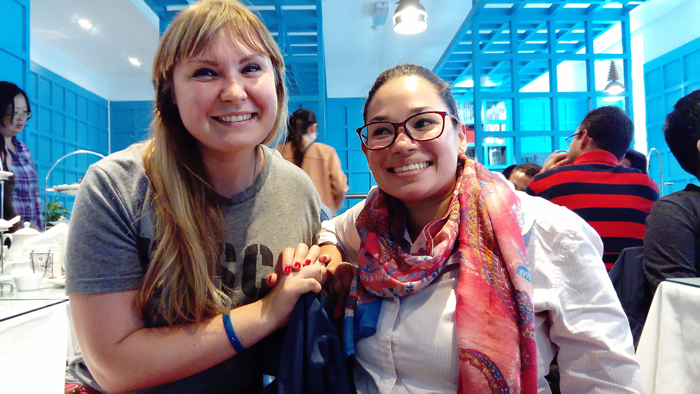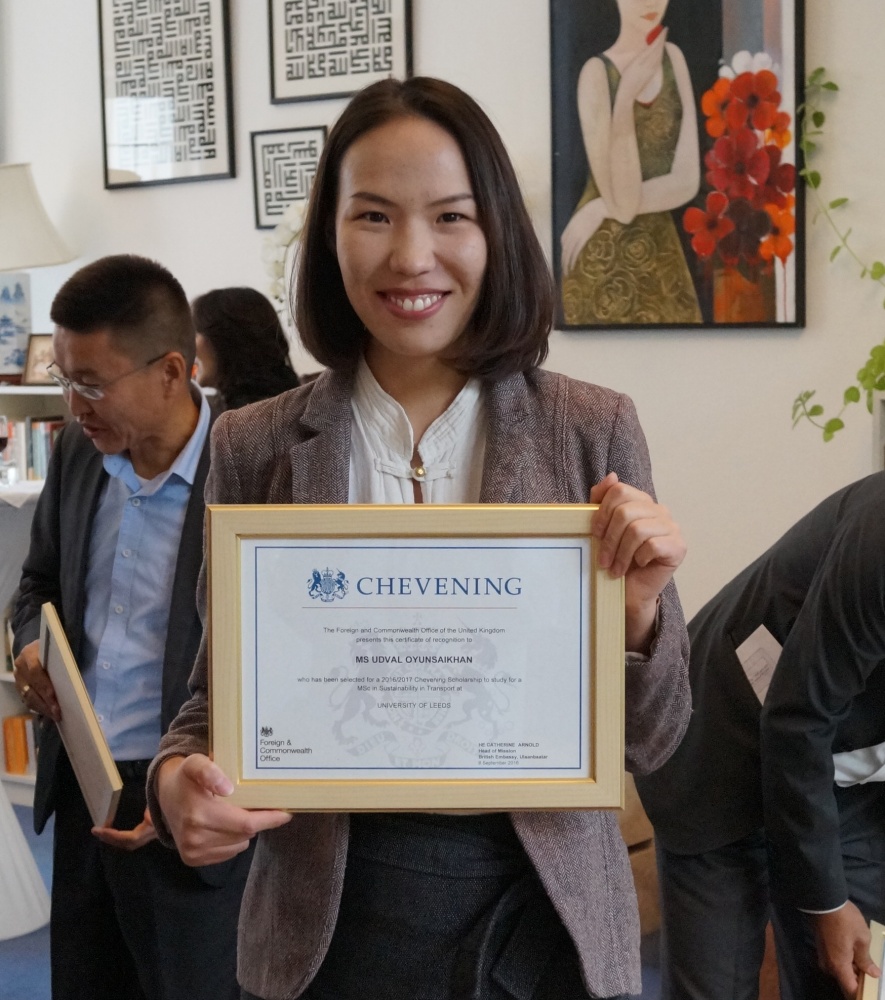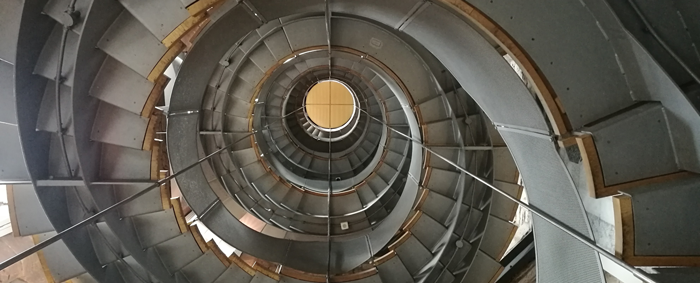
Mackintosh and his contemporaries
A group of 23 Cheveners headed to Glasgow, Scotland, on 21 July to see the work of the great artist, architect, and designer Charles Rennie Mackintosh (1868-1928).

Glasgow in my imagination before my visit was the rain, Scottish accents, and the country’s unique musical instrument. In reality I found that the city is distinguished, more than anything, by its architecture.
To give a brief historical overview, Glasgow was once regarded as the second city of the British Empire as its industrial development, art and culture came to the world’s attention by the late 1890s. During this period, the export of textiles and iron products helped Glasgow to become the region’s third busiest port after London and Liverpool.
The introduction of steel-framed construction allowed limitless new designs. That changed the city’s urban character which perhaps formed the Glasgow style: distinct yet meeting people’s needs.
This is the era when the great designs of Mackintosh were created. His work, alongside that of his wife Margaret Donald, was influential on European design movements such as Art Nouveau (inspired by natural forms and structures) and Secessionism (refers to Modernist artist groups).

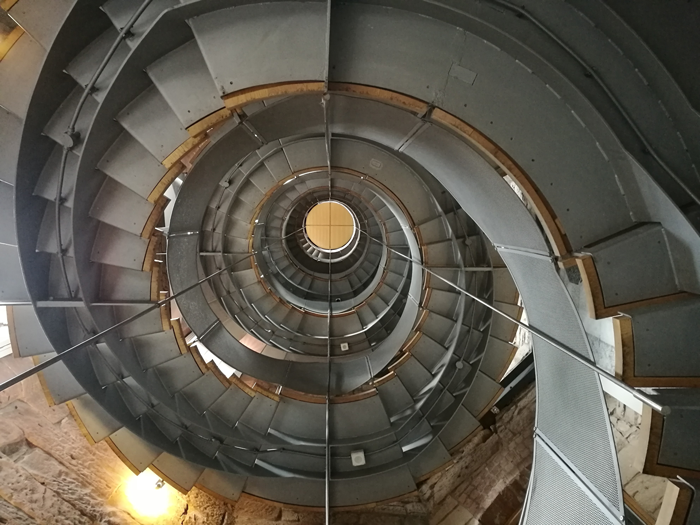
As always, we were warmly welcomed by a Chevening programme officer in Glasgow before we were separated into two groups for our guided tour to see the work of Mackintosh and his contemporaries including Alexander Thomson, James Thomson, James Salmon and John Gillespie, and Robert Duncan.
Our wonderful tour guide from the Charles Rennie Mackintosh Society took us to his most famous architectural works, including the Glasgow School of Art, The Lighthouse, the Willow Tea Rooms and many more. Mackintosh also worked largely as a watercolourist, painting numerous landscapes and flower studies.
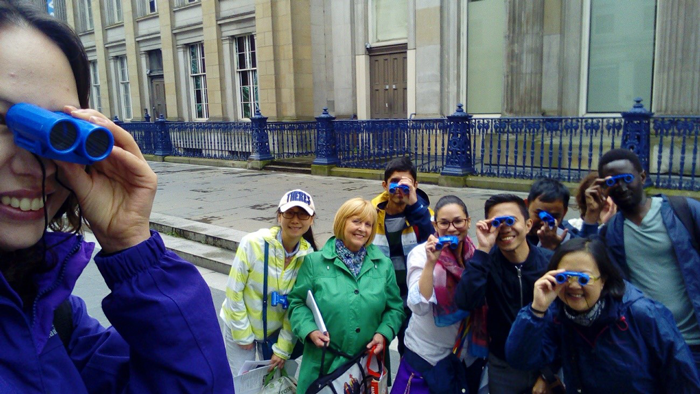
After the wonderful tour around Glasgow, we went to the Willow Tea Rooms, a copy of one of Mackintosh’s finest designs, to have afternoon tea and scones.
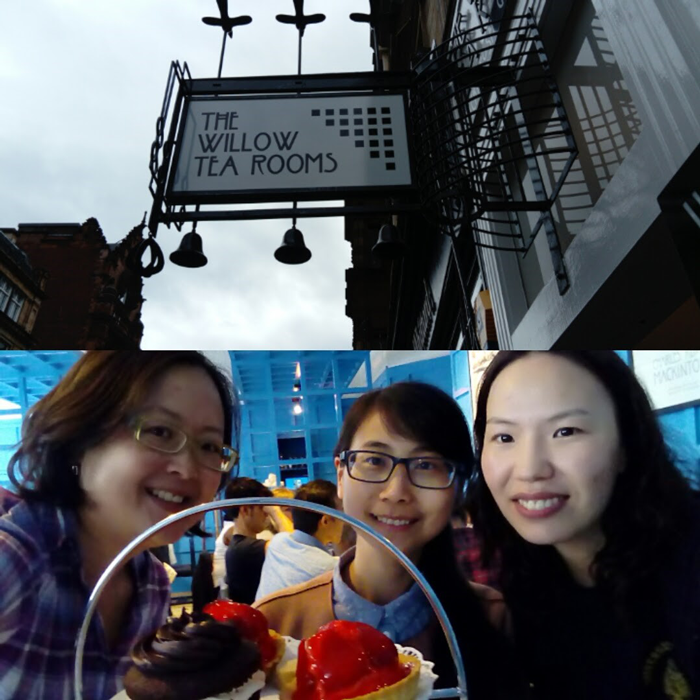
It is interesting that Scotland to me felt a bit like home. As the train was approaching Glasgow, my heart was fulfilled when I saw many mountains covered with trees, wide streams, rivers, and sheep.
I also tried the traditional Scottish dish haggis, a savoury pudding containing sheep’s pluck (heart, liver and lungs) minced with onion and oatmeal, traditionally encased in the animal’s stomach. Sounds strange? Trust me, it was yummy! Or maybe because we have similar dishes back in Mongolia.
The first thing I noticed when I got off the train were posters displaying ‘People make Glasgow’. They were everywhere (there is even a super pink taxi with this slogan) and indeed I agree. I was not a stranger there. Strangers smiling to each other, starting polite conservations, and being very helpful – they made me feel so welcomed!

P.S. By coincidence, it happens to be two of the scholars’ birthdays, Ana and Katerina, and we wished them a happy birthday in our own languages.
